-
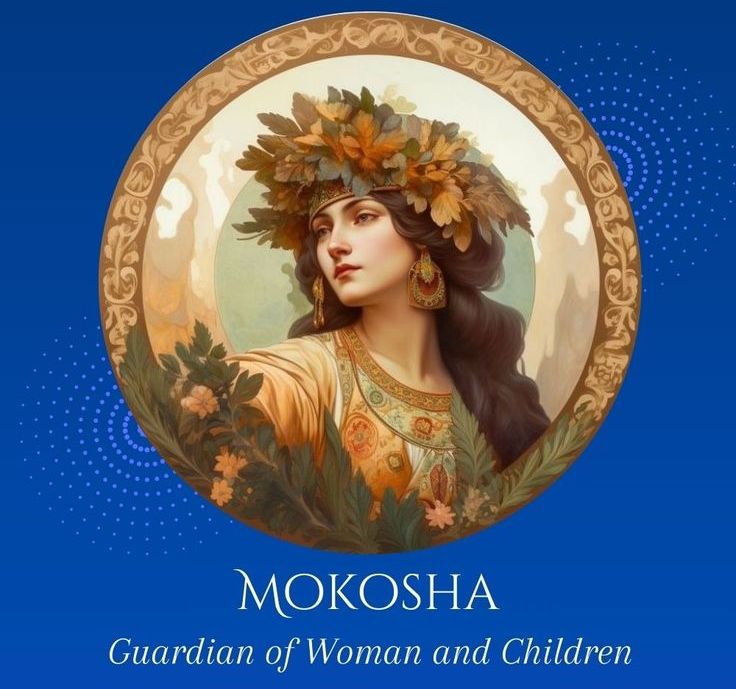
Mokosh: Slavic Guarding Goddess of Mother and Childrens
mplgmg
In Slavic mythology, there are seven first gods. Only one of them, Mokosh, is a woman. She is the sole goddess in the East Slavic Rus’ pantheon, so her role in Slavic folklore is vast, varied, and perhaps more accurately, foggy and damp. Mokosh is the most critical Slavic goddess. She is the Mother of…
-
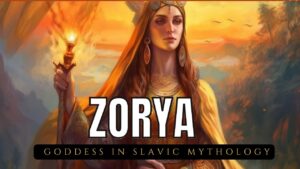
Zorya: Guardians of Twilight in Slavic Lore
mplgmg
It was said that the Auroras kept an eye on Simargl, the evil dog. This dog is attached to the very top of Polaris in the sign Ursa Minor, which means “the little bear.” Everyone thought that the world would end if he broke the chains, so they had to keep an eye on him.…
-
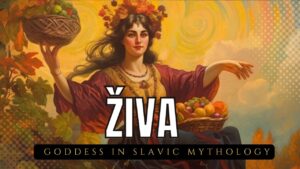
Ziva: Celebrating Life and Fertility in the Heart of Slavic Mythology
mplgmg
Goddess Ziva has been around for a very long time. The name of the goddess comes from North Africa. But the closer we get to ancient times, the more she stands out, both as a goddess and as life itself. Iva is a word used in Slavic languages to mean “life” or “living.” The goddess…
-
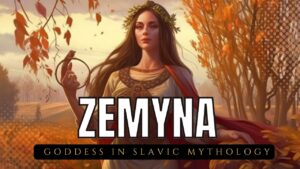
Zemyna: Embracing the Earth’s Bounty in Baltic Mythology
mplgmg
Christ quickly spread across Europe, but it hadn’t made it to the Baltic Sea yet. People still did things this way that their ancestors did them. People met on holy mountains and in holy groves to thank the goddesses and gods who could help them with gifts. One of them was Emyna, the Earth Mother.…
-
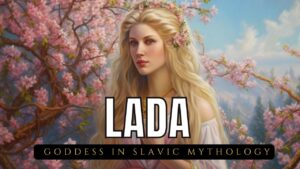
Lada: The Song of Love and Harmony in Slavic Mythology
mplgmg
Lada’s important ideas are spring, safety, getting through hard times, family, energy, and happiness. She can be found in birch trees and bells. Lada finally comes out of her winter hiding place today, dressed in full Slavic regalia and dancing with joy because spring has finally come. She tries to move, and her skirts heal…
-
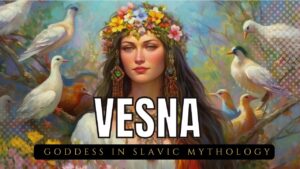
Vesna : Embracing the Rejuvenation of Spring in Slavic Mythology
mplgmg
Step into the vibrant world of Slavic mythology with our captivating exploration of Vesna, the goddess symbolizing renewal, growth, and fertility. As the harbinger of spring, Vesna’s tale is woven with themes of rejuvenation and the triumphant return of life after the winter’s slumber. People loved Vesna very much because she took the place of…
-
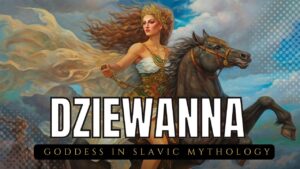
Dziewanna: The Enigmatic Slavic Goddess of Wildlife and Hunt
mplgmg
Delve into the enchanting realm of Slavic mythology with our in-depth exploration of Dziewanna, the lesser-known but fascinating goddess of wildlife and the hunt. Revered in ancient lore, Dziewanna embodies the untamed spirit of nature and the primal essence of the wilderness. Our blog post unveils the myths, symbols, and cultural significance of this enigmatic…
-
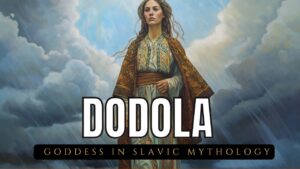
Dodola: Slavic Goddess of Rain
mplgmg
Dodola is the Slavic Lady of Rain, Woman, and Fire-Maiden. She is married to the Thunder God Perun and is shown in more types of folk rites than any other Slavic goddess. As a Spirit Goddess who brings rain and storms, Dodola is revered in Slavic countries. She is also known as Dudula, Dzidzila, and…
-
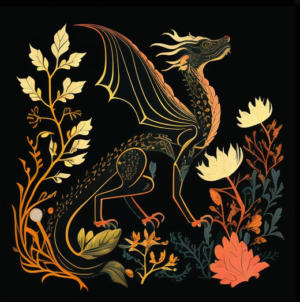
Slavic Mythical Creatures All Around The World
mplgmg
Slavic mythology is a rich and fascinating tradition that is filled with a diverse array of mythical creatures. These creatures are often seen as guardians or protectors of the natural world, and are thought to have a deep spiritual significance for the Slavic people. Domovoi One of the most well-known Slavic creatures is the domovoi,…
-
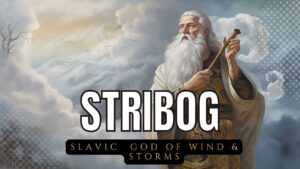
Strzybóg: Slavic God of Wind and Change
mplgmg
Strzybóg, the god of winds and change, is a fascinating and mysterious figure in the Slavic people’s extensive and varied mythology. Strzybóg, who is sometimes represented as a winged creature or a man with feathers for hair, represents the regenerative potential of nature and the cyclical nature of life and death. Legend has it that…
Search
About
Lorem Ipsum has been the industrys standard dummy text ever since the 1500s, when an unknown printer took a galley of type and scrambled it to make a type specimen book.
Lorem Ipsum has been the industrys standard dummy text ever since the 1500s, when an unknown printer took a galley of type and scrambled it to make a type specimen book. It has survived not only five centuries, but also the leap into electronic typesetting, remaining essentially unchanged.






